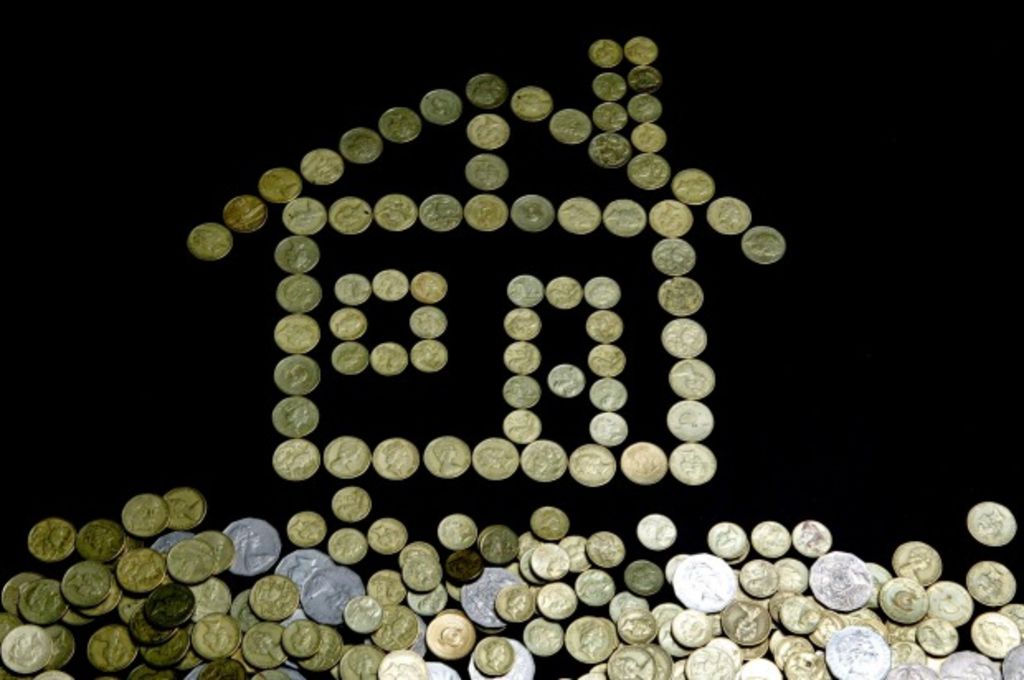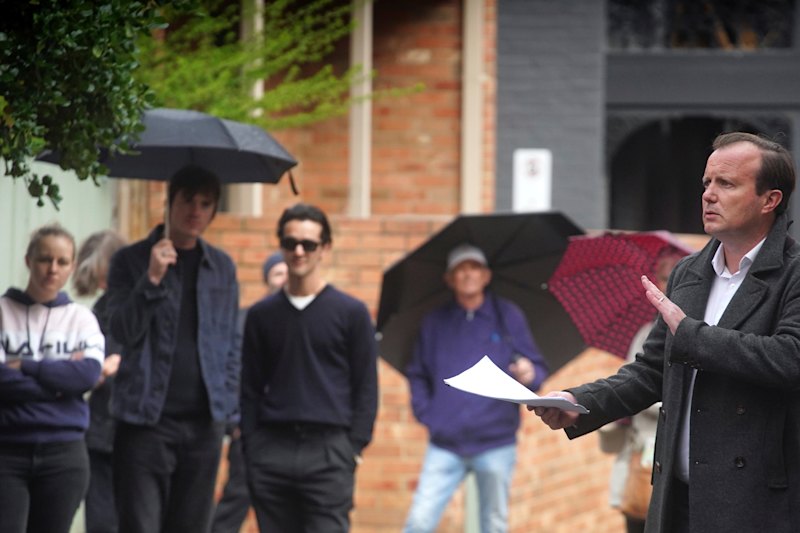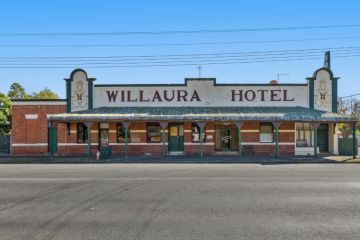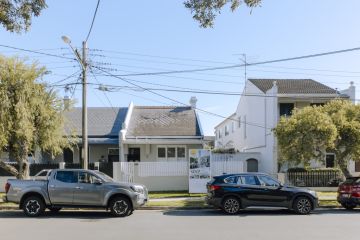Who has the most to lose if interest rates rise and property prices collapse?

Who has the most to lose if interest rates rise and property prices collapse? Analysis by actuarial firm Rice Warner suggests that the wealthiest Australians will suffer most if property prices tumble.
Rice Warner senior consultant Alun Stevens notes that the proportion of shares and property held in investment portfolios rises with wealth. Both asset classes, arguably, are sensitive to interest rates. If rates rise, property prices could fall, potentially also dragging down the share prices of Australian banks.
The wealthiest 5 per cent of Australians have well over 50 per cent of their wealth tied up in property, while individuals in between the 50th and 75 percentiles have just a quarter of their wealth invested in property. A far higher proportion of the portfolios of lower income groups is invested in cash and term deposits.
Individuals on lower income levels have an even smaller proportion of their overall wealth exposed to property.

“A high proportion of private wealth is dependent on the value of property which, in turn, is dependent on the current low interest rates,” says Mr Stevens.
“This risk is correlated to other wealth, mainly the family home, but also to investments in bank shares, which are themselves dependent on profits from property investments. This concentration of wealth will be exacerbated if property within the SMSF segment continues to grow. We are undoubtedly in for interesting times if this undiversified portfolio ever falters,” Mr Stevens says.
Another way of looking at the Rice Warner analysis is that directly held property investments are equivalent to about 65 per cent of Australia’s $1.8 trillion of superannuation assets as of June 2014. That is the sort of figure that is bound to be exercising the mind of Reserve Bank of Australia chairman Glenn Stevens.
This article originally appeared on The Australian Financial Review.
We recommend
We thought you might like
States
Capital Cities
Capital Cities - Rentals
Popular Areas
Allhomes
More
- © 2025, CoStar Group Inc.







